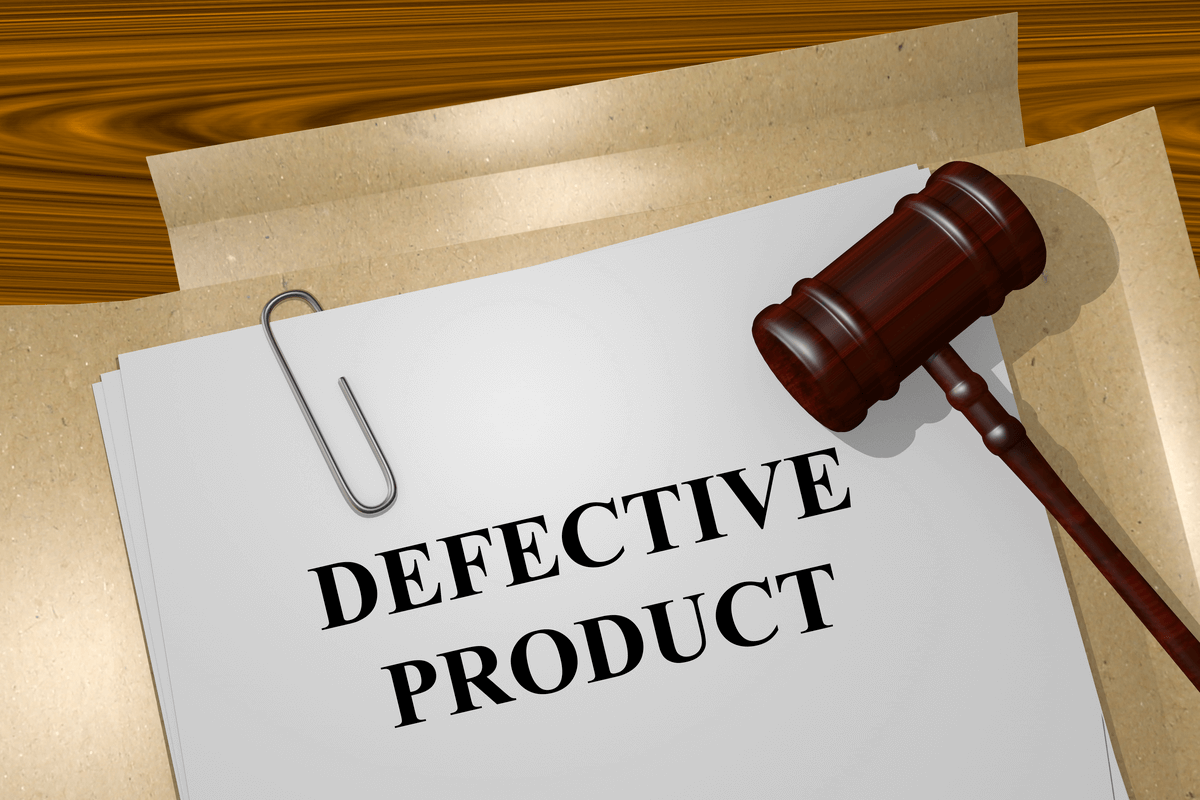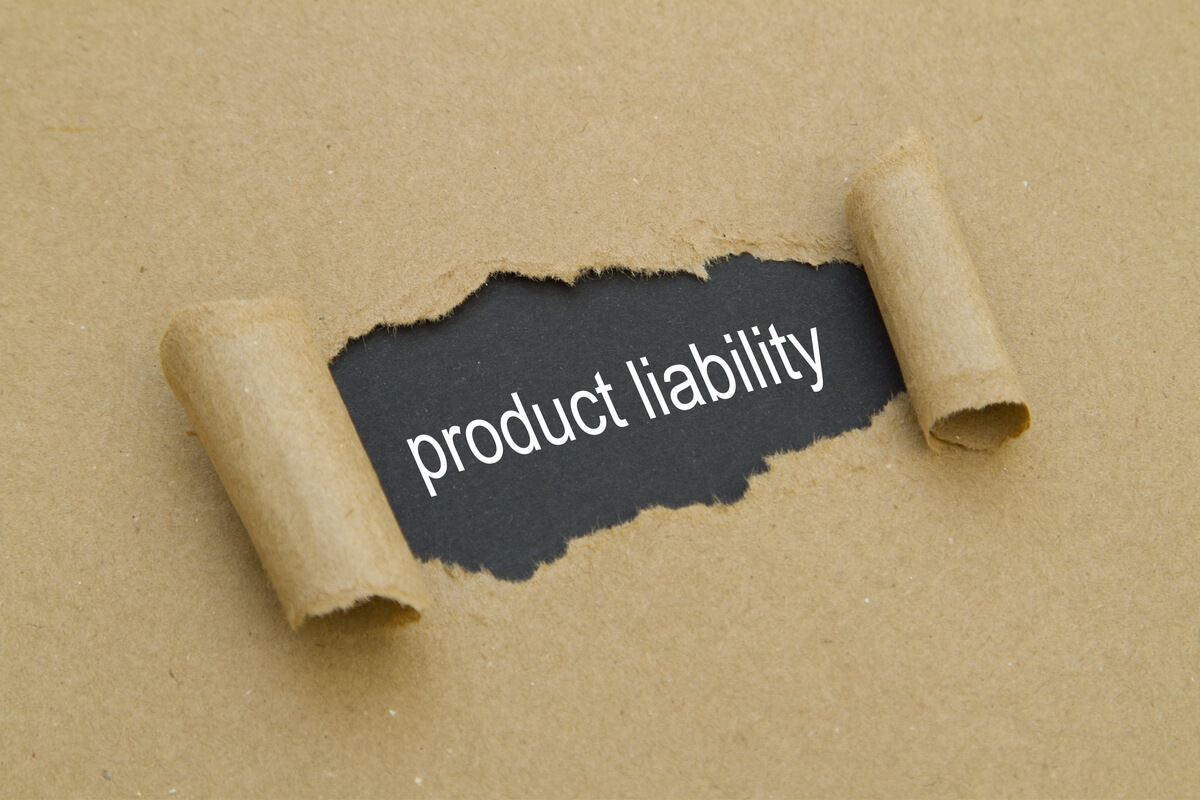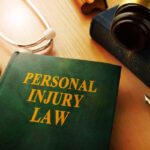
Defective products are not uncommon in the U.S. and can pose a significant risk to consumer safety. While not all faulty products result in injuries or damage, they can still have serious consequences.
According to the Consumer Product Safety Commission (CPSC), appliance, TV, and furniture tip-over injuries accounted for 22,500 emergency department treatments from 2018 – 2022, 44% of whom were children under 18.
Volkswagen has recalled over 42,000 2015 – 2016 Beetle and Beetle convertible vehicles in the U.S. and Canada over defective Takata airbags. The National Highway Traffic Safety Administration (NHTSA) posted the recall action, claiming the airbags had a risk of exploding, causing the vehicle occupants serious injury or death.
Volkswagen and Audi settled a class action lawsuit in 2021, agreeing to pay $42 million. The lawsuit alleged the companies’ cars were equipped with defective Takata airbags, posing a risk of causing injuries or fatalities.
What is Defective Product Liability?
Defective product liability refers to the legal responsibility manufacturers, distributors, and sellers have for producing or selling unreasonably dangerous or defective products, causing harm to consumers. When a defective product causes injury to a consumer, the injured party may have the right to seek compensation for damages, such as:
- Lost wages
- Medical bills
- Pain and suffering
A couple, Kaye and Jonathan Steinsapir, filed a lawsuit against Rad Power Bikes after their 12-year-old daughter, Molly Steinsapir, died. In the suit, the parents claimed the bike had design flaws, making it difficult for cyclists to slow down and stop while going downhill. In addition, the couple cited inappropriate marketing of the e-bikes to children without prior warning of the dangers of operating the bikes.
The three types of defects leading to defective product liability include:
- A design defect, when a product is unreasonably dangerous due to a flaw in its design.
- A manufacturing defect, when there is an error in the manufacturing process, leading to a product that’s different from the intended design and poses a risk of harm to consumers.
- A marketing defect, when a product lacks proper warning labels or instructions or is marketed in a manner that misrepresents its safety or intended use.
To hold a manufacturer, distributor, or seller liable for a defective product, the injured party must prove the defect caused the injury or damage. If successful, the injured party may be entitled to compensation for their losses through a product liability lawsuit.
Who Can File A Product Liability Claim?
Anyone who has been harmed by a defective product, including consumers, bystanders, and family members of the injured party, can file a product liability claim. The injured party must have suffered harm or damages due to the defective product to file a product liability claim.
A family has filed for Negligence against the Tech giant, Apple, over their son’s permanent ear damage. According to the lawsuit, the boy was streaming on Netflix wearing Apple Airpods when they suddenly increased their volume levels without warning during an Amber alert.
The Amber alert notification caused ear-shattering sound levels in the boy’s ears. After the incident, he suffered from tinnitus, nausea, vertigo, and dizziness, and he will have to wear hearing aids for the rest of his life.
Depending on the state’s laws where the claim is being filed, there may be limitations on who can file a product liability claim. In Iowa, anyone injured or suffered damages due to a defective product may file a product liability claim. This includes the product’s direct purchaser and any person harmed by the product, such as a user or bystander.
Under Iowa law, a product liability claim must be filed within two years of the date of the injury or damage. Iowa follows a comparative fault system–if the injured party contributed to their injuries or damages, the court might reduce their compensation proportionally to their degree of fault.
Elements For Establishing A Product Liability Claim
Colgate–Palmolive has recalled Fabuloso, a multipurpose cleaner. The recalled products were positive for Pseudomonas species bacteria, an environmental organism causing a risk of bacterial infection in people with weakened immune systems, underlying lung conditions, and those with external medical devices.
To establish a product liability claim, the injured party must prove the following elements:
- Defect: The product must have had a flaw, making it unreasonably dangerous to consumers. This defect may be a design defect, a manufacturing defect, or a marketing defect.
- Causation: The defect in the product must have directly caused the injuries or damages suffered by the injured party.
- Foreseeability: The manufacturer, distributor, or seller of the product should have reasonably foreseen that the product was dangerous or defective and could cause harm to consumers.
- Damages: The injured party must have suffered injuries, such as medical bills, lost wages, or pain and suffering resulting from the defective product.
The injured party may need to provide evidence such as medical records, witness testimony, expert testimony, and product testing results to prove these elements. Under Iowa law, a plaintiff must prove the danger posed by the product outweighs any benefits it may provide.
Should I Hire An Attorney To Handle My Product Liability Case?

If injured by a defective product, it’s recommended to hire an attorney to handle the case. Product liability cases can be challenging and complex to navigate, and having an experienced attorney on your side can significantly improve your chances of success.
Matthew Marshall and his attorney won a pharmaceutical product liability case. The court found the defendant guilty of the claims of product liability, negligence, wrongful death, and medical malpractice after the 17-year-old patient died.
The patient was undergoing a clinical study sponsored by the pharmaceutical company. He suffered from a genetic disorder where his white blood cells couldn’t fight off certain types of fungi and bacteria.
The patient received three stem cell transplants from his parents in a period of three months, but none were successful. The company’s product was only used for the first transplant, not the second or third. The patient passed away soon after the third transplant due to a common fungal infection associated with stem cell transplants.
An attorney can help you evaluate your case, gather evidence, and develop a legal strategy to pursue compensation for damages and injuries sustained. They can also negotiate with insurance companies and defense attorneys and represent you in court, if necessary.
In the journey to justice, the expertise of an attorney can be pivotal in specialized areas of personal injury law. For instance, recognizing the signs of nursing home negligence requires a keen eye and a deep understanding of the standards of care. Similarly, navigating the complexities of defective medical devices demands a lawyer who is well-versed in product liability laws. When disputes arise with insurance companies, especially after incidents like a home fire, knowing how to handle insurance disputes is essential for a favorable outcome. Furthermore, attorneys can guide victims through the intricacies of legal options for victims of defective medical devices, ensuring that they are fully aware of their rights. In the most tragic circumstances, such as the loss of a loved one due to negligence, lawyers can assist with wrongful death claims, providing a semblance of justice for the bereaved families.
Additionally, an attorney can provide valuable guidance and support throughout the legal process, helping you understand your rights and options and advocating for your interests at every stage. Contact or call us at 515-444-4000 as soon as possible for a free consultation.
Categories

Providing Unmatched EXPERIENCE On Your Case When you find yourself in a situation where you’ve been treated unfairly or you’re in the middle of a legal disagreement, it can be difficult to know what your rights are and how to proceed.







